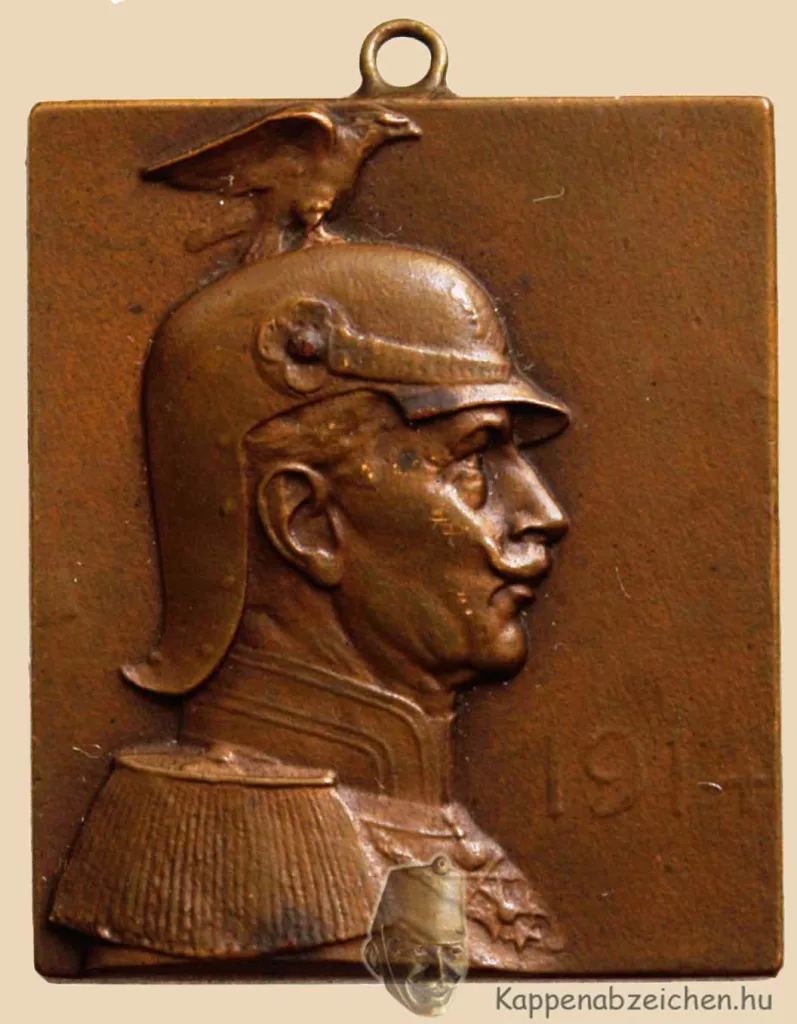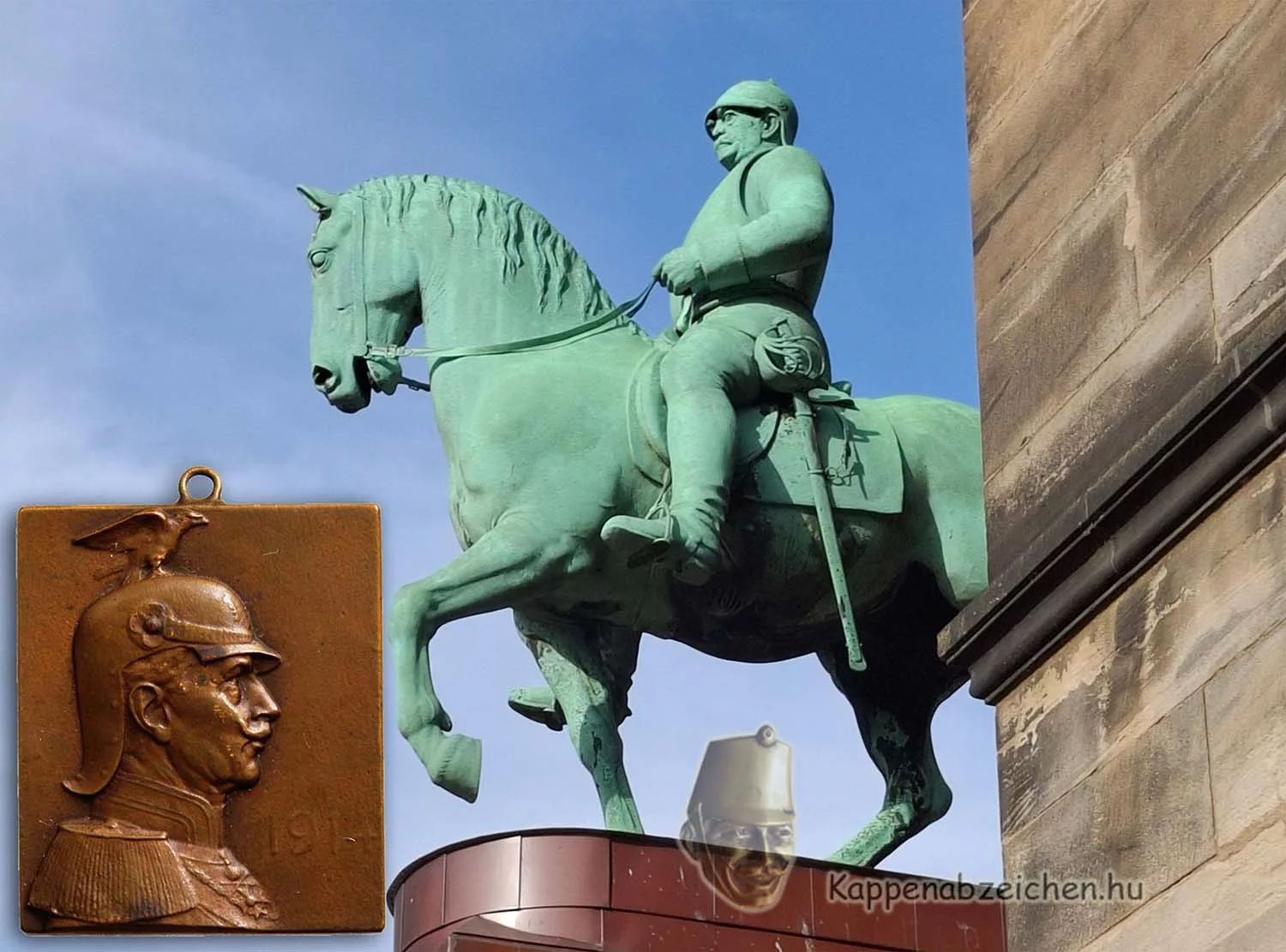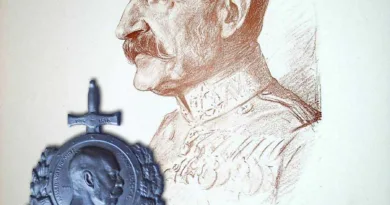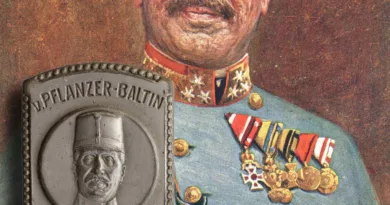Wilhelm II of Germany
It may be a little difficult for today’s modern-minded people to understand the thinking of the rulers of 100-120 years ago. What drew them back to the distant past? The ancient (heroic) past drew them like a magnet. Franz Joseph’s motto reflected this feeling faithfully: “My trust in ancient virtue!”. I consider the German Empire to be more advanced than the Monarchy, and the German Emperor to be more modern-minded than the old Austrian Emperor. But historicizing features can also be observed in the case of the German ruler. Of course, this may be a consequence of the spirit of the times, the “Zeitgeist”. After all, for example, the uniquely talented German composer Richard Wagner did not write operas on contemporary themes, but rather on the figures of German legends.

In short, one can still encounter somewhat musty memories of Emperor William here and there today. Like in Bremen, for example, where the main feature in the main square is taken by the statue of Roland (look, another legendary hero!), and William has been pushed aside next to the cathedral. Even the Bremen Town Musicians, known from the Grimm fairy tale, have a better place in the square. In the attached picture, the figure of Emperor William, pushed into the background, emerges from behind the ancient walls of the cathedral. The image of the statue is well matched by the badge, which also has the old-fashioned leather helmet, the Haube, on the ruler’s head.




